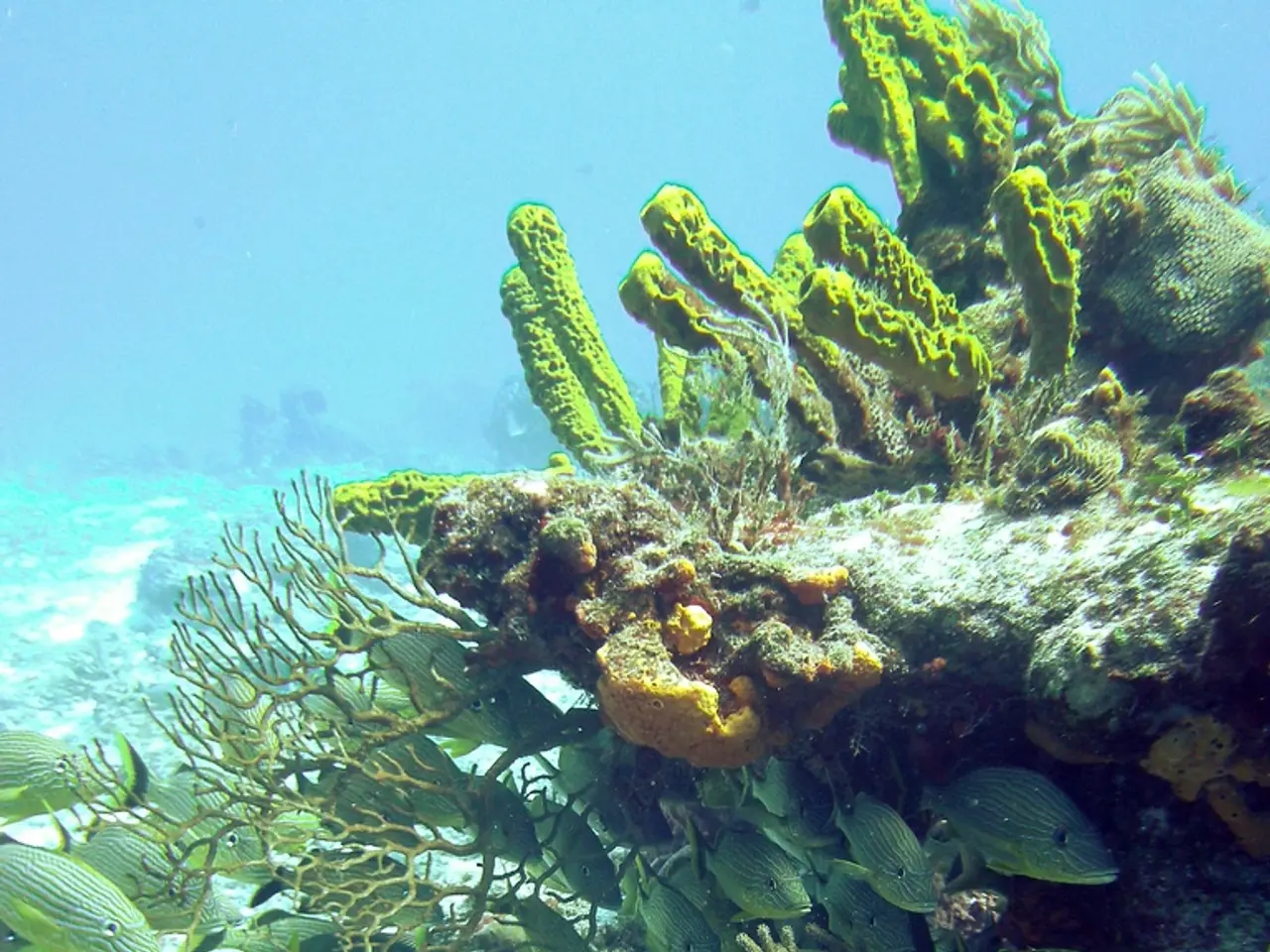Orcas in Pacific Northwest Face Extinction as Scientists Race to Protect
Orcas in the Pacific Northwest face severe threats, with their numbers dwindling due to underwater noise, overfishing, and pollution. Scientists are racing against time to monitor and protect these whales, using innovative methods to minimise disturbance.
The population of the local orca subspecies has plummeted by around 20 percent since the late 1900s, now standing at a mere 74 individuals. To study these magnificent creatures without causing harm, researchers have turned to unconventional helpers. A dog named Eba, working alongside Deborah Giles of SeaDoc Society, has been sniffing out orca poop, allowing scientists to collect samples without distressing the whales.
Drones have also become instrumental in data collection. These unmanned aerial vehicles capture breath samples, providing valuable insights into the orcas' genetic material, reproduction hormones, and signs of disease. However, invasive techniques, such as firing projectiles into the dorsal fin, are sometimes employed to obtain data. These methods, though, cause stress and injury to the animals.
The future of the Pacific orcas hangs in the balance. Scientists are committed to regularly checking their health, using innovative, non-invasive methods to prevent further decline. Every effort is being made to ensure these remarkable creatures survive the pressing threats they face.
Read also:
- Reporter of Silenced Torment or Individual Recording Suppressed Agony
- Solar panel troubles on rooftops
- EPA Administrator Zeldin travels to Iowa, reveals fresh EPA DEF guidelines, attends State Fair, commemorates One Big Beautiful Bill
- "Divine Protections Failed: Father Battling for Life After Flesh-Eating Bacteria Infection"








